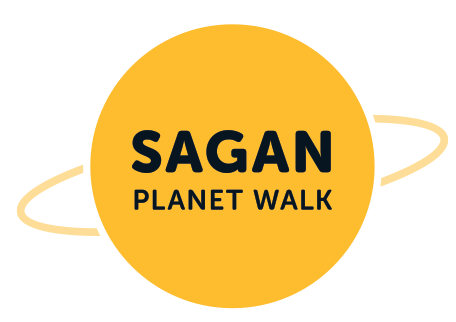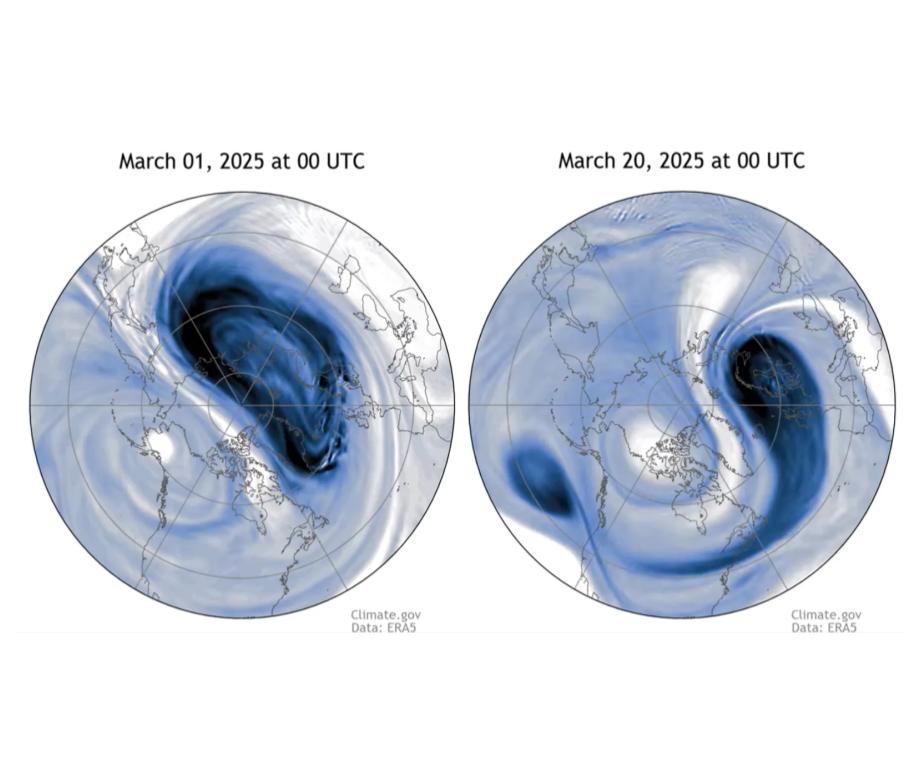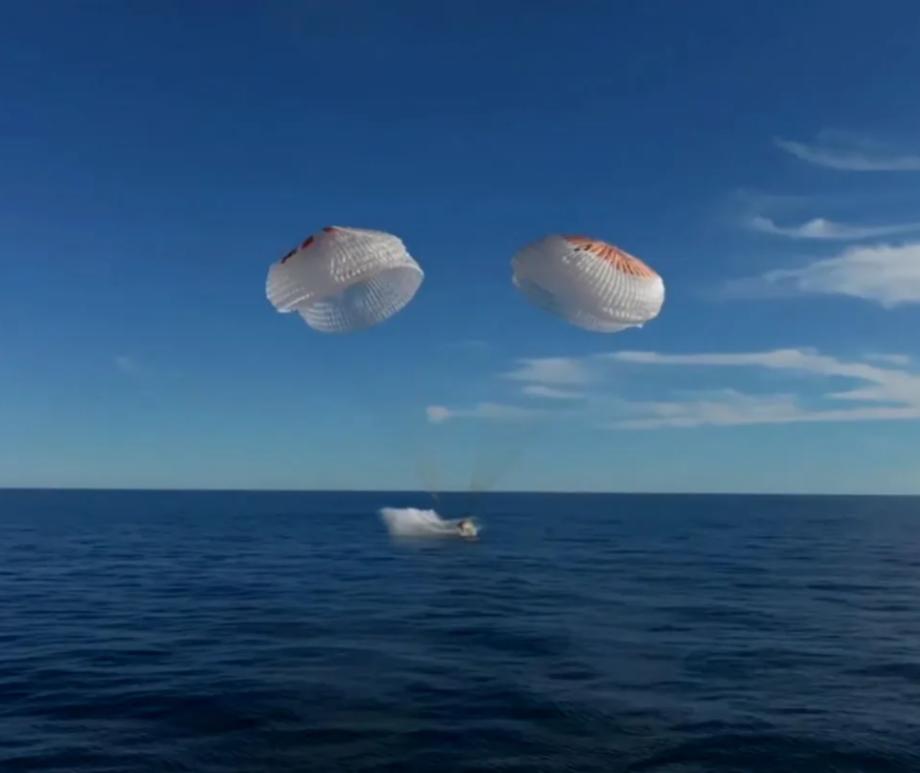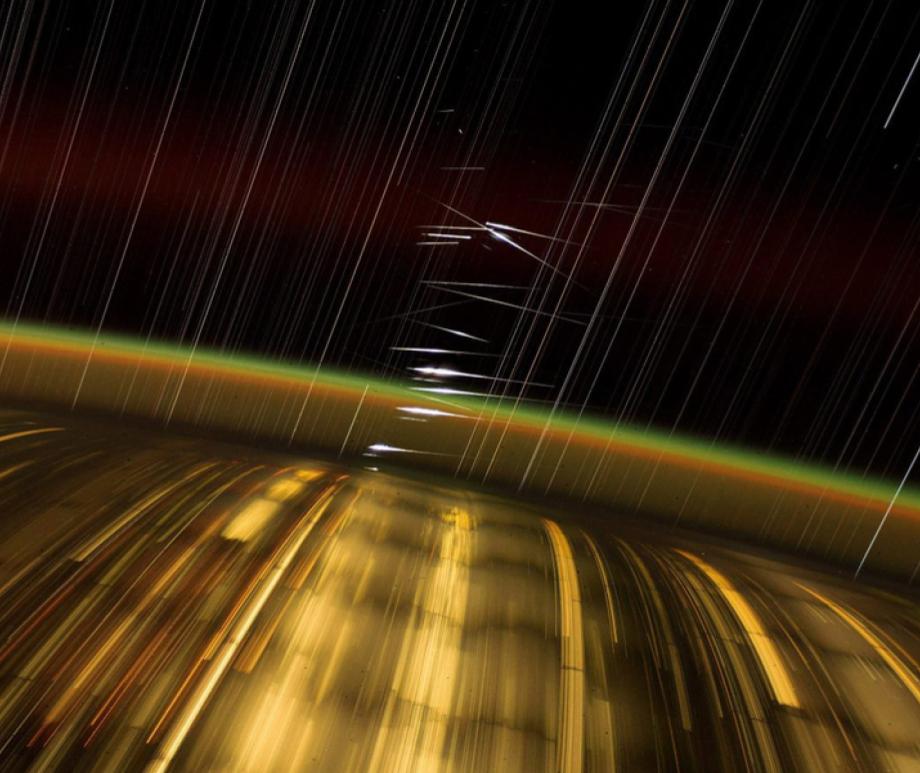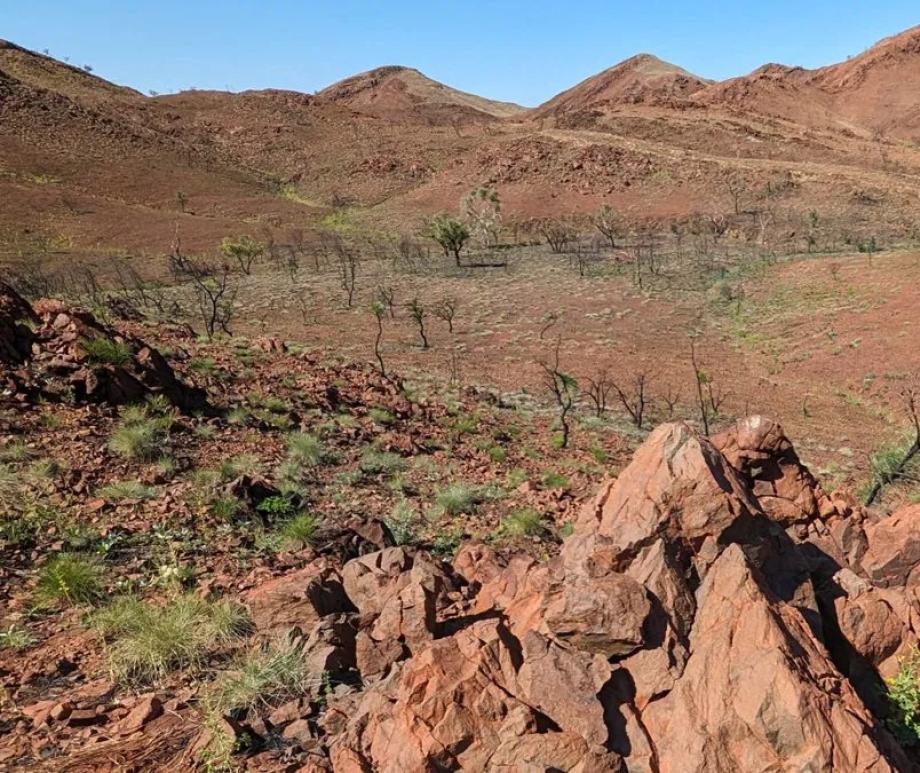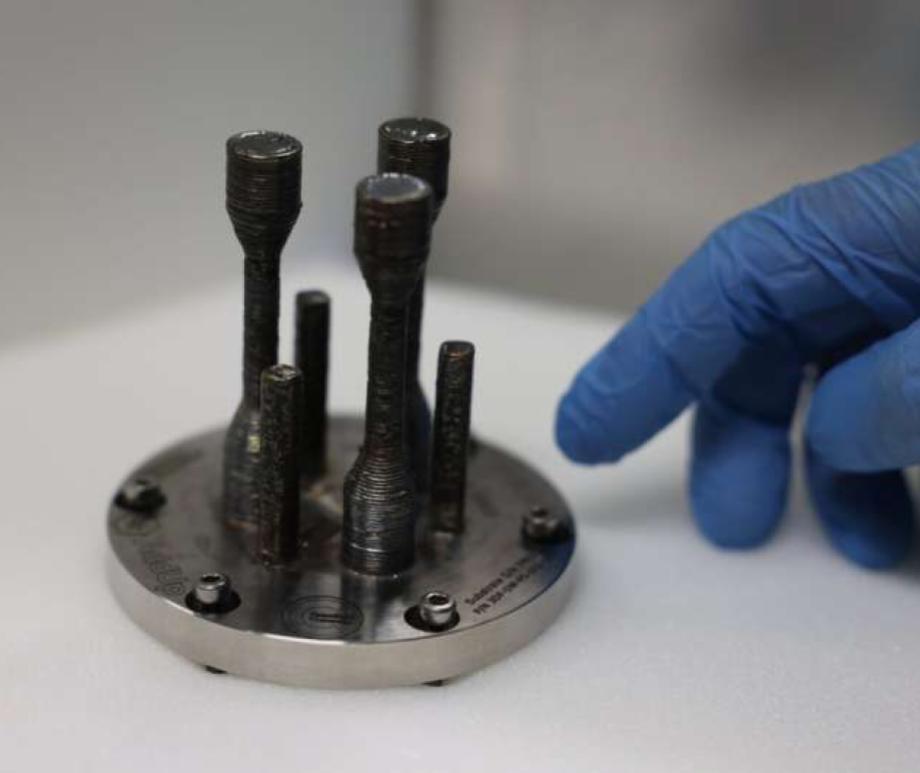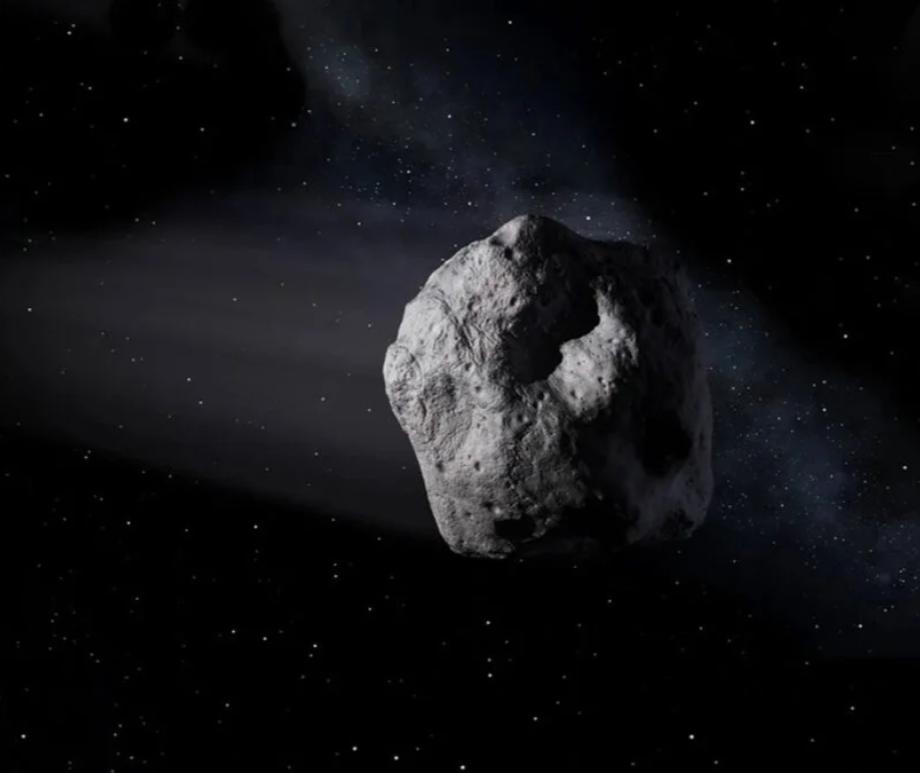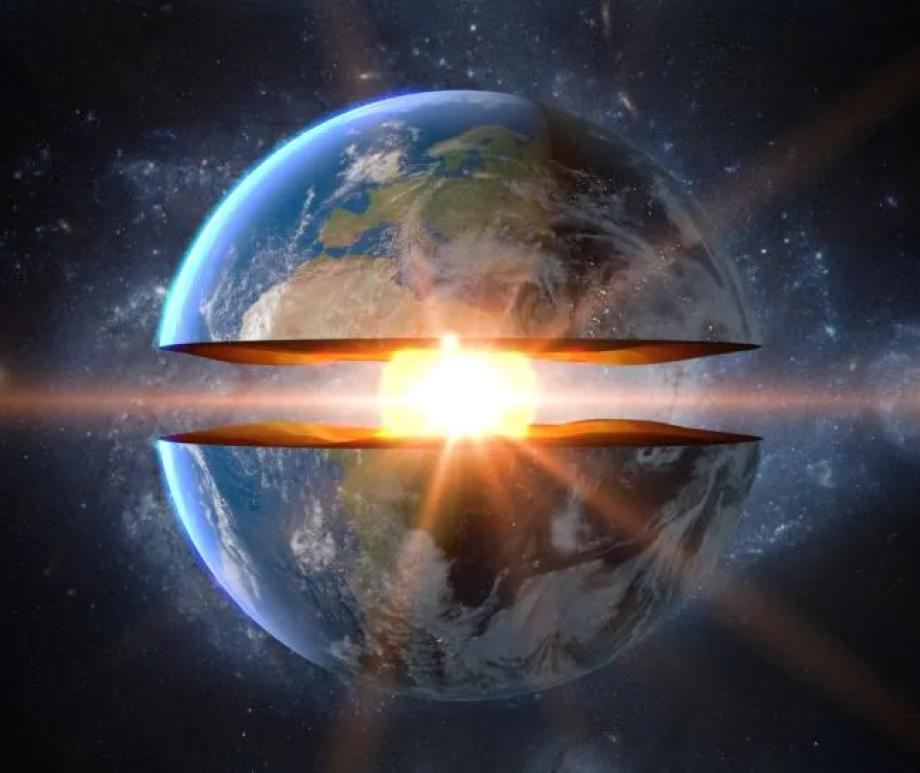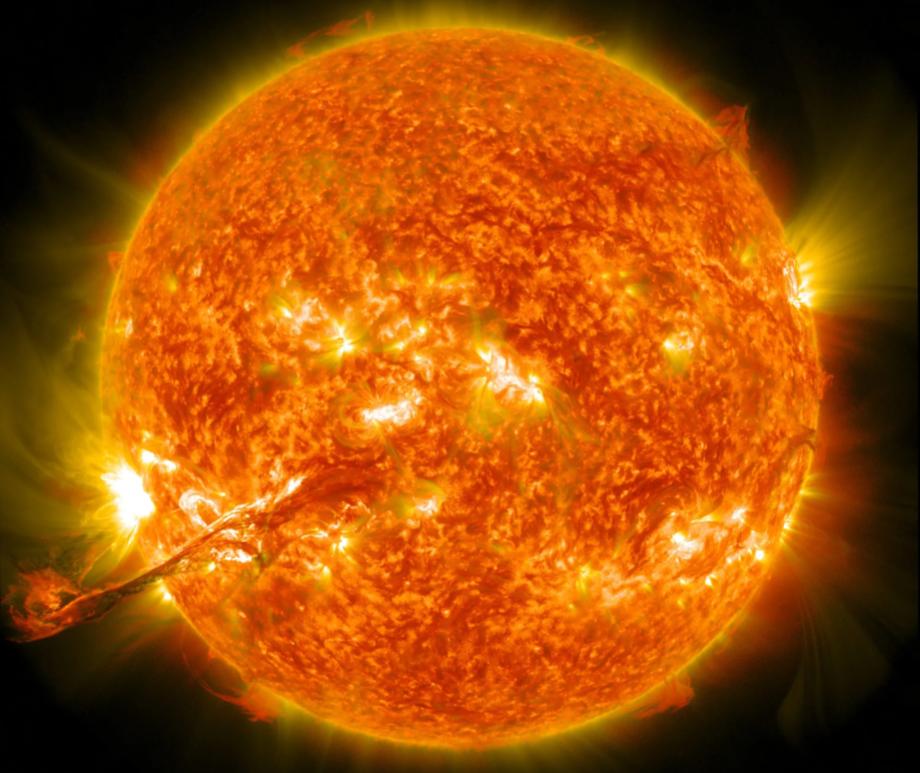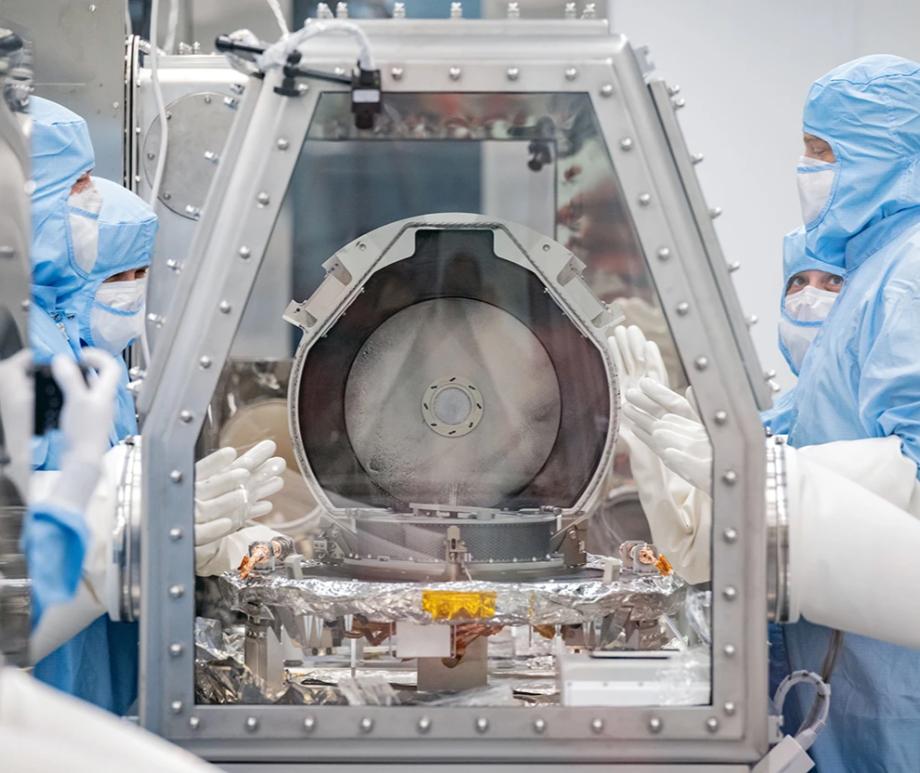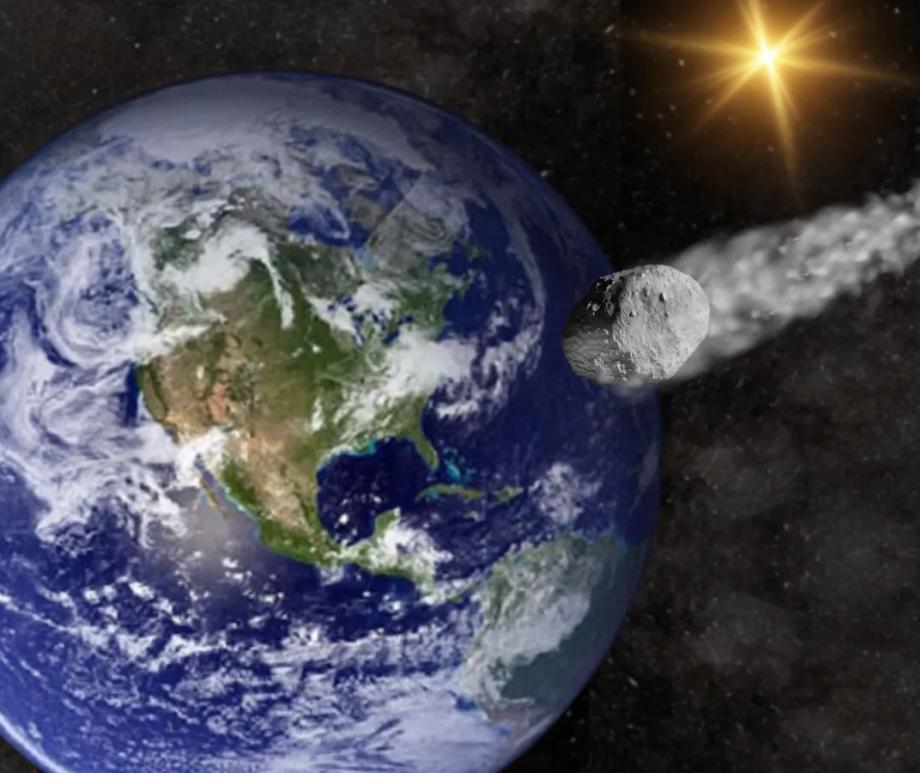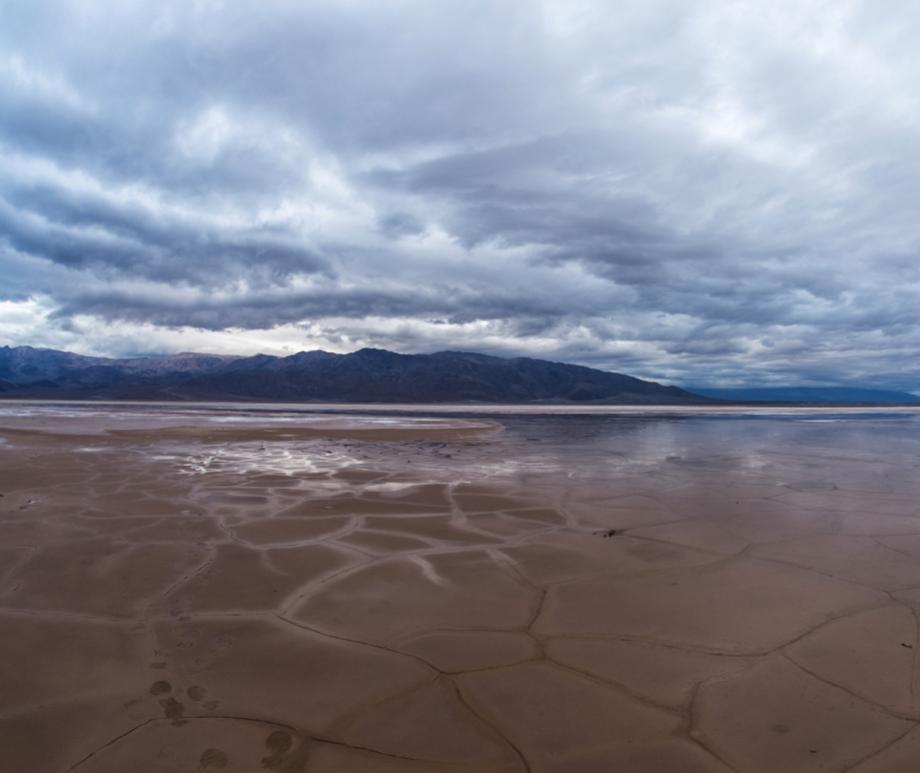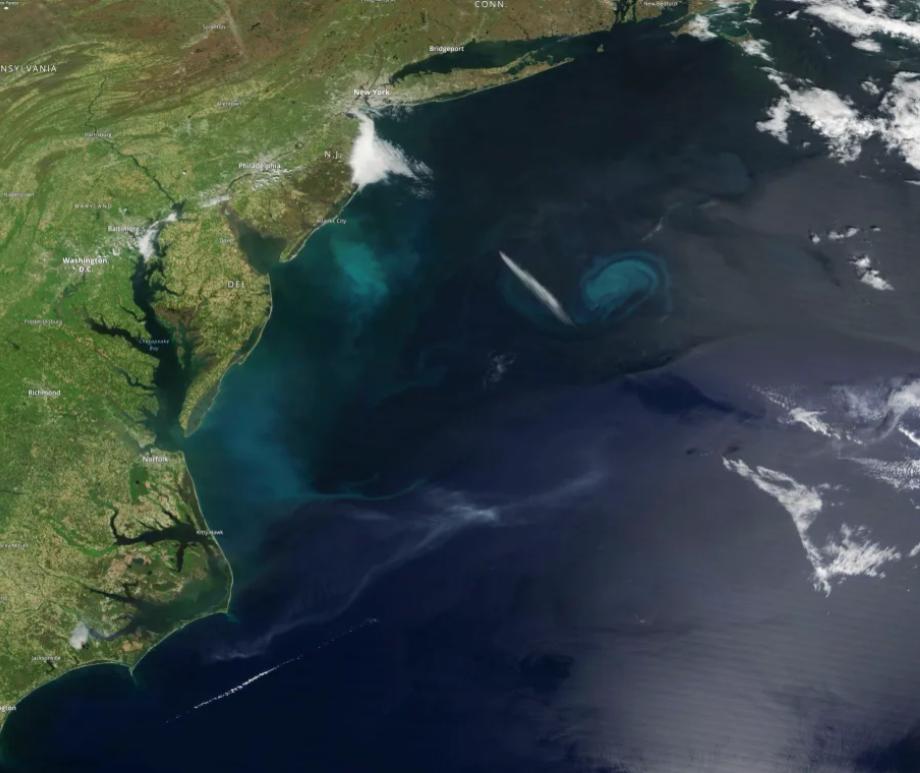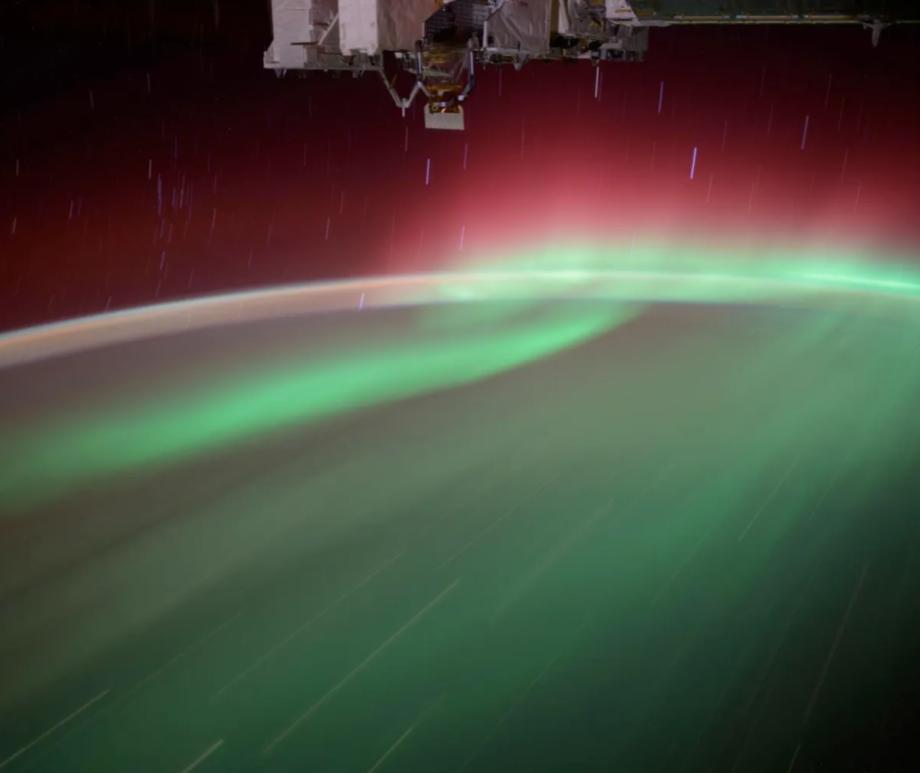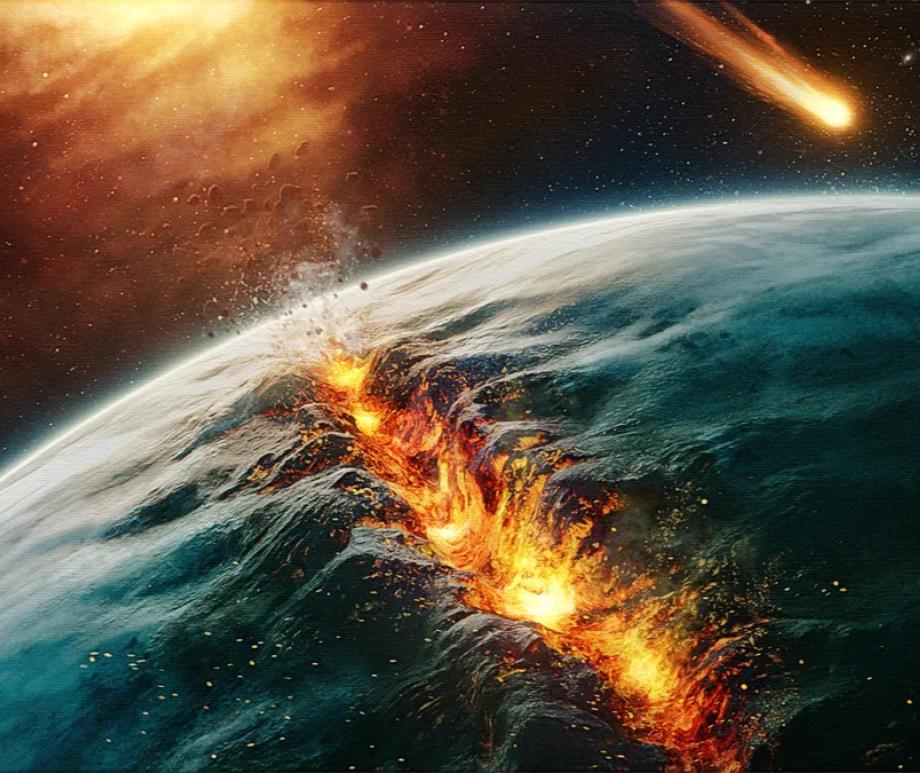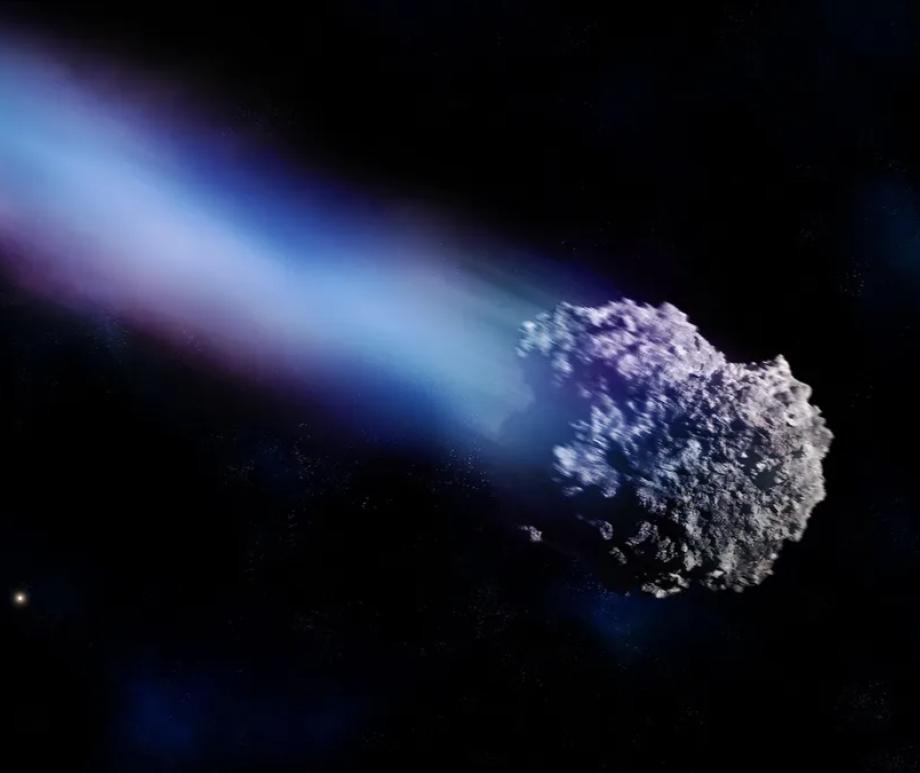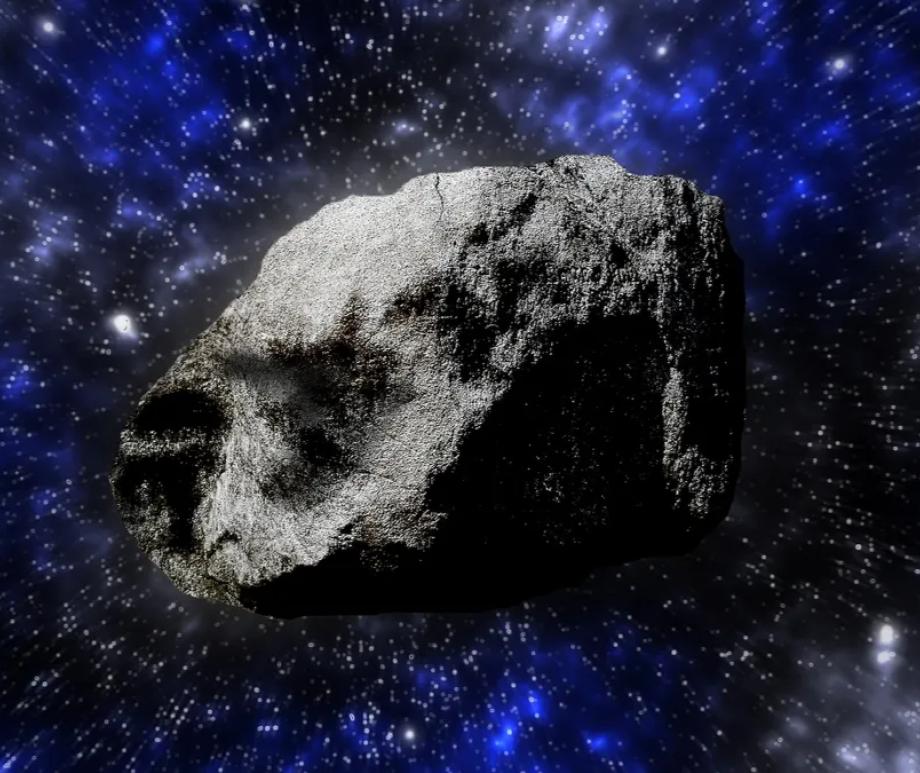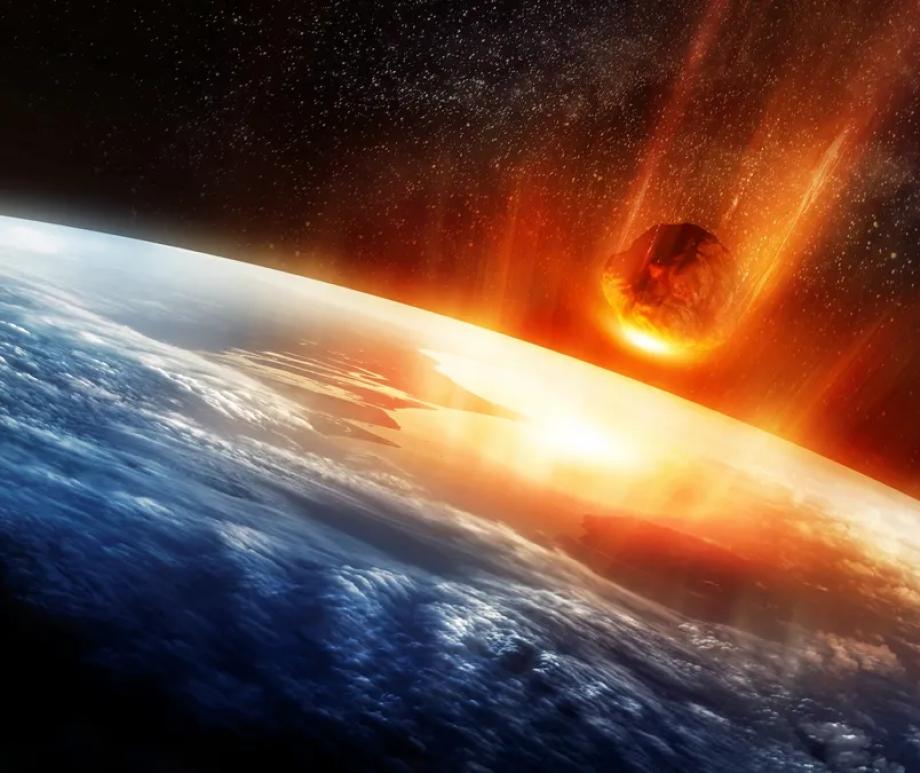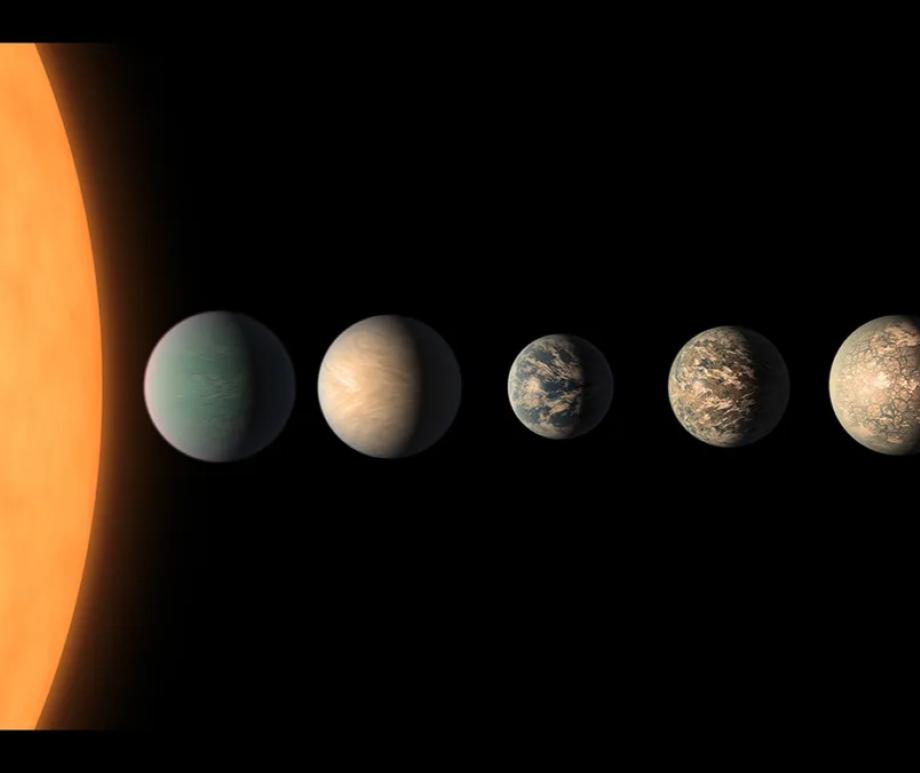Latest News About Earth
Fascinating Facts About Earth
- If the sun were as tall as a typical front door, Earth would be the size of a nickel.
- Earth completes an orbit of the Sun every 365.25 days; this is where the 366th day of the leap year comes from, and we add it to keep yearly calendars consistent with our orbit around the sun.
- Earth is the only planet not named after a god or goddess.
- Earth is different from the other rocky planets because 70 percent of its surface is covered in oceans. Although most of the Earth’s surface is covered in oceans, water only makes up 0.13% of the total volume of the planet. Hence, if Earth was the size of a basketball, all the water in the world would amount to two teaspoons.
- Earth's atmosphere protects us from incoming meteoroids, most of which break up in our atmosphere before they can strike the surface as meteorites.
- The first being to orbit the Earth was Laika the dog in 1957. A few years later, dogs Belka and Strelka became the first creatures to return from space alive.
- Earth is the densest planet with a density of 5.52 grams per cubic centimeter. The density of water is 1 gram per cubic centimeter.
Missions
Ice, Clouds, and Land Elevation Satellite-2 (ICESat-2) (2018)
Mission to measure the height of a changing Earth
Soil Moisture Active Passive (2014)
Mission to provide soil moisture and freeze/thaw measurements
ISS-RapidScat (2014)
Mission to measure near-surface ocean wind speed and direction
Orbiting Carbon Observatory 2 (OCO-2) (2014)
Mission to study atmospheric carbon dioxide
Landsat 8 (2013)
Mission to monitor, understand and manage resources
Airborne Tropical Tropopause Experiment (ATTREX) (2013)
Mission to study moisture and chemical composition of upper atmosphere
Van Allen Probes (2012)
Mission to study Van Allen Radiation Belts around Earth
Suomi NPP (2011)
Mission to acquire land, ocean and atmospheric measurements
Glory (2011)
Mission to understand climate system
DISCOVER-AQ (2011)
Mission to measure difference in air quality in upper atmosphere and near surface
Aquarius (2011)
Mission to measure sea surface salinity
IceBridge (2009)
Mission to produce three-dimensional view of Arctic and Antarctic ice sheets
NOAA-N Prime (2009)
Mission to improve weather forecasting and monitor environmental events
ARCTAS (2008)
Mission to study effect of air pollution in the Arctic
CloudSat (2006)
Mission to study role of clouds and atmospheric aerosols in climate, weather and air quality regulation
Cloud-Aerosol Lidar and Infrared Pathfinder Satellite Observation (CALIPSO) (2006)
Mission to study role of clouds and atmospheric aerosols in climate, weather and air quality regulation
SERVIR (2005)
Mission to provide monitoring, imaging and mapping data and geospatial information
NOAA-N (2005)
Mission to collect information about the atmosphere and environment
Aura (2004)
Mission to study chemistry and dynamics of the atmosphere
Ice, Clouds, and Land Elevation Satellite (ICESat) (2003)
Mission to understand effect of atmosphere and climate change on polar masses
Aqua (2002)
Mission to collect a variety of global data sets from six observation instruments
Jason (2001)
Mission to continue study of ocean surface topography
Terra (1999)
Mission to collect observational data of Earth
Tropical Rainfall Measuring Mission (TRMM) (1997)
Mission to study rainfall for weather and climate research
Upper Atmosphere Research Satellite (UARS) (1991)
Mission to study role of upper atmosphere in varying climate
Tracking and Data Relay Satellites (1983)
Network of specialized communications satellites to provide communication services to NASA spacecraft
Geostationary Operational Environmental Satellite (GOES) (1975)
Mission to help meteorologists predict local weather events
Polar Orbiting Environmental Satellite (POES) (1960)
Mission to provide operational climate data
